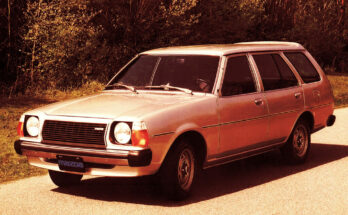Vent windows, also known as vent wings, quarter glass, or wing windows, were once a hallmark of automotive design. These small, triangular windows, located at the front corners of a car’s side windows, offered both practicality and style. Though they have all but disappeared from modern vehicles, vent windows remain a cherished feature among classic car enthusiasts.
The Origin of Vent Windows
Vent windows first appeared in automobiles during the early 1930s. Initially designed for luxury models, they quickly became a standard feature in cars throughout the mid-20th century. Automakers like Ford, Chevrolet, and Chrysler embraced this innovative design, which served both functional and aesthetic purposes. By the 1940s and 1950s, vent windows were ubiquitous, often adorned with chrome trim to enhance a vehicle’s appearance.
The Functionality of Vent Windows
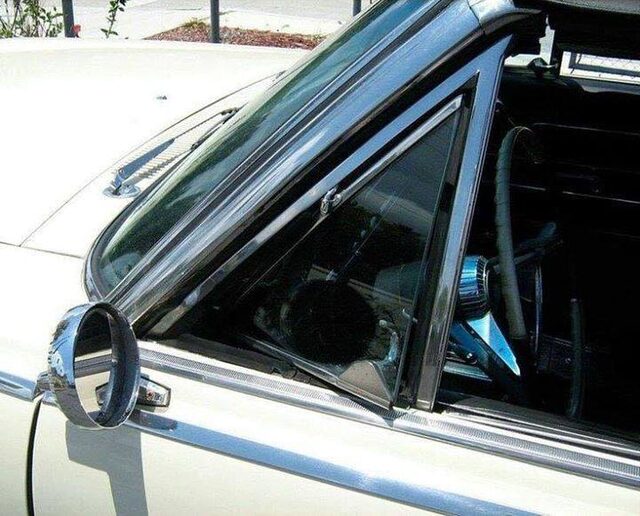
Ventilation and Comfort
Vent windows were prized for their ability to improve cabin airflow. By angling the glass outward, they directed fresh air into the vehicle without creating the turbulence or noise associated with rolling down larger windows. They also helped passengers keep their hairstyles intact by reducing wind disruption within the cabin, making them a favorite among style-conscious drivers.
Convenience for Drivers
Positioned within easy reach, vent windows could be opened or closed with a simple flick of the wrist. This made them particularly useful for clearing fogged-up windows on humid or rainy days, as the directed airflow helped reduce condensation. Additionally, they were ideal for smokers, as they allowed smoke to escape without rolling down the main window.
Reduced Wind Noise
Unlike fully open side windows, vent windows created minimal wind noise, offering a quieter and more pleasant driving experience. This was especially appreciated on long highway drives.
Aesthetics and Design Appeal
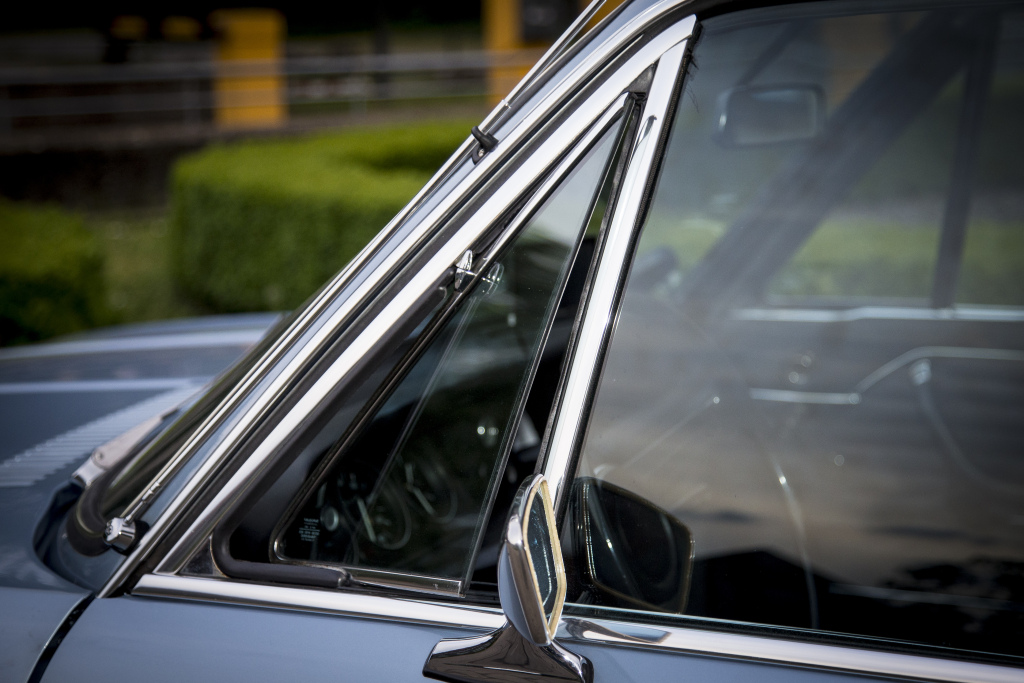
In addition to their practicality, vent windows contributed to the visual charm of vehicles from the 1940s through the 1970s. Many models featured chrome or stainless-steel frames around the vent glass, adding an element of luxury and sophistication. Automakers often integrated vent windows seamlessly into the overall design, making them an iconic aspect of classic cars.
The Decline of Vent Windows
By the late 1980s, vent windows began to vanish from car designs. Several factors contributed to their decline:
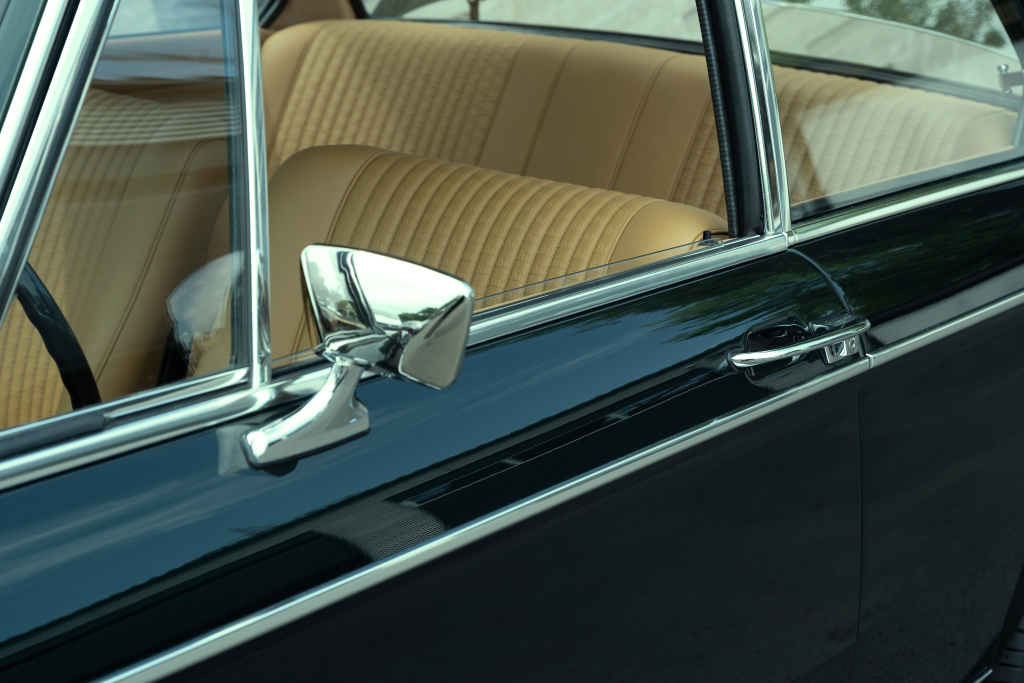
Advances in Aerodynamics
As fuel efficiency became a priority, automakers sought to improve aerodynamics. Fixed glass designs reduced drag by eliminating seams and openings, leading to better performance and mileage.
The Rise of Air Conditioning
With air conditioning becoming a standard feature in most vehicles, the need for additional ventilation diminished. Climate control systems provided consistent airflow and temperature regulation, rendering vent windows largely obsolete.
Safety Concerns
Fixed glass windows offered better structural integrity during collisions. Modern glass designs, such as laminated and tempered glass, provided improved shatter resistance, enhancing passenger safety.
Cost and Manufacturing Efficiency
Eliminating vent windows reduced production costs and simplified assembly lines. Automakers favored streamlined designs that were easier and cheaper to produce.
Modern Alternatives to Vent Windows
While vent windows are no longer a common feature, modern vehicles have introduced alternative solutions to enhance airflow and comfort:
- Sunroofs/ Moonroofs: These offer open-air ventilation while maintaining a sleek exterior design.
- Air Press/ Side Window Deflectors: These allow drivers to crack open windows slightly without letting in rain or excessive wind.
- Advanced Climate Control Systems: Dual-zone and tri-zone systems provide personalized comfort for passengers.
The Nostalgia of Vent Windows
For many classic car enthusiasts, vent windows evoke a sense of nostalgia. They are a reminder of an era when cars were designed with both functionality and personality in mind. Restorers and collectors often take great care to preserve or restore vent windows, as they are integral to the authenticity of vintage vehicles.
Related: Things That We Miss About Old Cars
Some enthusiasts even argue that vent windows were more than just a practical feature—they were a symbol of simpler times when cars had character and individuality. From the gentle creak of the hinge to the satisfying click when the window was locked in place, vent windows added a tactile and auditory experience that modern vehicles lack.
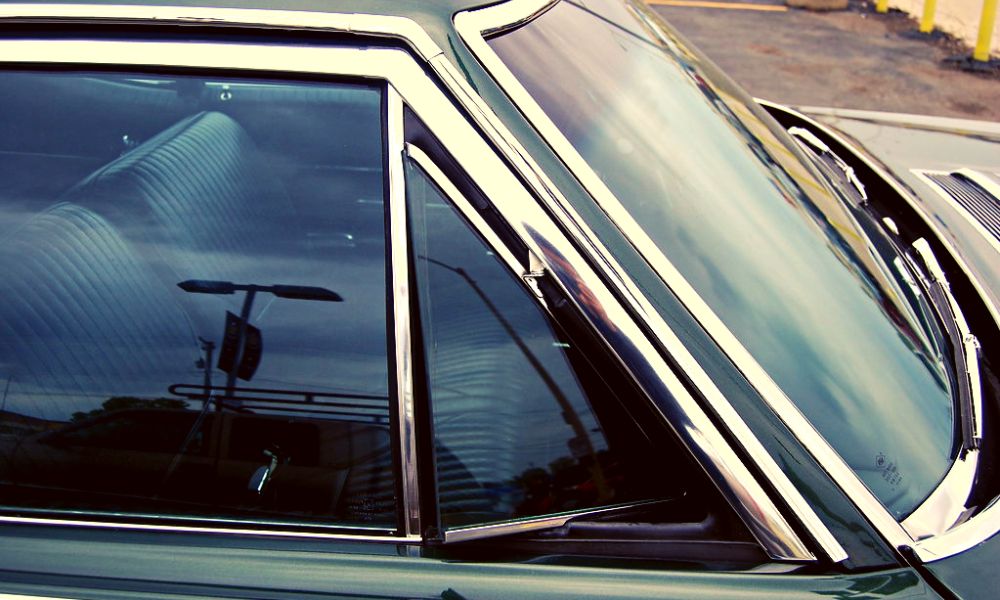
Though vent windows have disappeared from modern cars, their legacy lives on in the hearts of classic car enthusiasts. They were more than just a feature—they represented an era when car design prioritized both form and function. As we celebrate the evolution of automotive technology, it’s important to remember and appreciate the charming, practical features like vent windows that defined an earlier era of motoring.
Related: Car Lighters- Now a Thing of Past
Vent windows might be a thing of the past, but they still stand as a timeless reminder of the creativity and craftsmanship that defined automotive design in the mid-20th century.

A computer animation professional with over 23 years of industry experience having served in leading organizations, TV channels & production facilities in Pakistan. An avid car enthusiast and petrolhead with an affection to deliver quality content to help shape opinions. Formerly written for PakWheels as well as major publications including Dawn. Founder of CarSpiritPK.com


